Kuwait may be a small nation geographically, but financially speaking, there aren’t many countries like it. The royal family and its immoderate lifestyle testify to the oil-rich state’s wealth. History states that Kuwait became a hub of trade and commerce in the Arabian Peninsula centuries ago under the reign of the first Emir Sabah I bin Jaber. By 1930 they found oil which catapulted them to indescribable wealth. As per the SCMP, the ruling Al Sabah family is estimated to be worth a whopping $360 billion. This makes them second richest family in the world after Saudi Arabia’s house of Saud. Their fortunes result from finding black gold and intelligent investments in finance, real estate, telecommunications, and more over time.
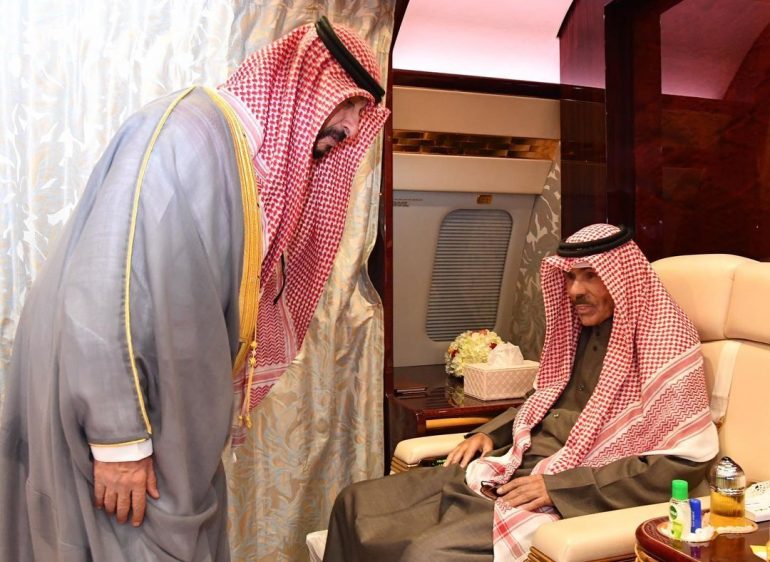
The Kuwaiti sovereign wealth fund is estimated to manage nearly $800 billion in assets. The House of Sabah is led by Sheikh Nawaf Al-Ahmad Al-Sabah, who succeeded to the throne in 2020 following the death of half-brother Sheikh Sabah IV Ahmad Al-Jaber Al-Sabah. They live in majestic palaces, travel on land, sea, and skies in supreme style, and own everything money can buy from private jets and mega yachts. It is no wonder they have extravagance following them like a shadow. Let’s take a closer look at the life of the members of the House of Sabah-

The fabulous life of the men of the House of Sabah-
With over 1000 royal family members, the clan has some significant names to remember, such as Nawaf Al-Ahmad Al-Jaber Al-Sabah, the Emir of Kuwait, heir apparent Mishal Al-Ahmad Al-Jaber, and their immediate family. The men of the family lead an indulgent lifestyle. They live in heavenly abodes like the humungous Bayan Palace and own a fleet of fancy cars, private jets, superyachts, and horses of the highest order.
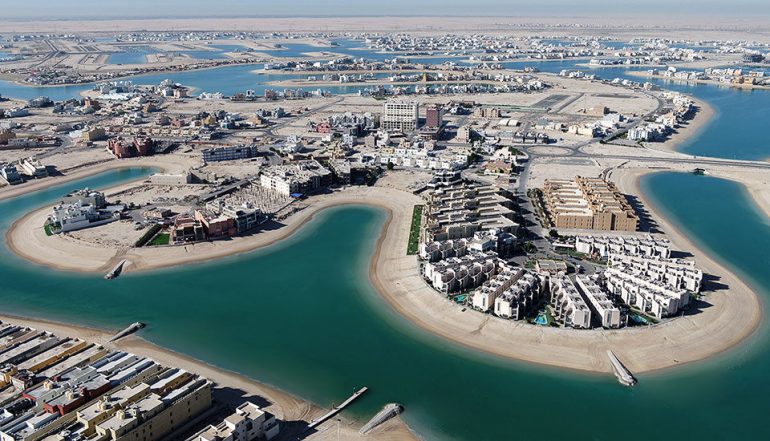
Their real estate portfolio is so massive that it could form a small nation in itself. An example is the ongoing project dubbed the Sabah Al Ahmad Sea City created a 200 km beach for Kuwaitis to enjoy the sea and sand. The Emirs lavish lifestyle is a testament to the nation’s progress under his leadership.
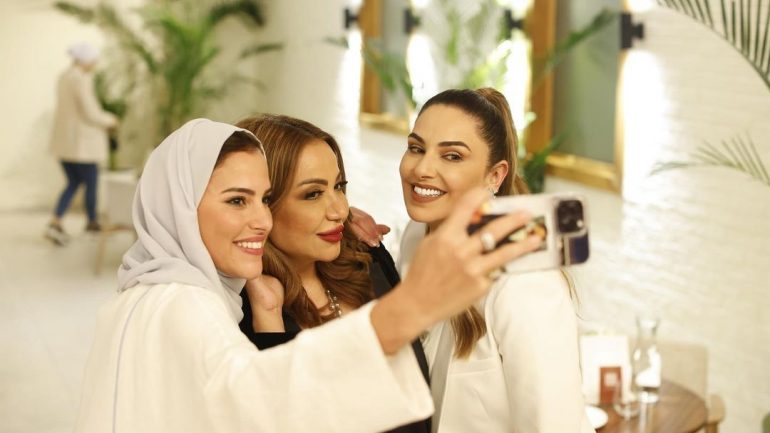
The fabulous life of the women of the House of Sabah-
Women such as Sheikha Maryam Hamad Al-Sabah (granddaughter of the former Emir) and Sheikha Paula Mubarak Al Sabah (wife of former Prime Minister) gave the world a glimpse into the over-the-top art and fashion choices of royal Kuwaiti women. Princess Maryam Al-Sabah, a law graduate from London’s King’s College, made headlines for splurging $20 million on a diamond and sapphire necklace. At home in Bayan Palace or London, she is encircled by maids and butlers to accomplish her every need and often made news for her ultra-expensive shopping trips.
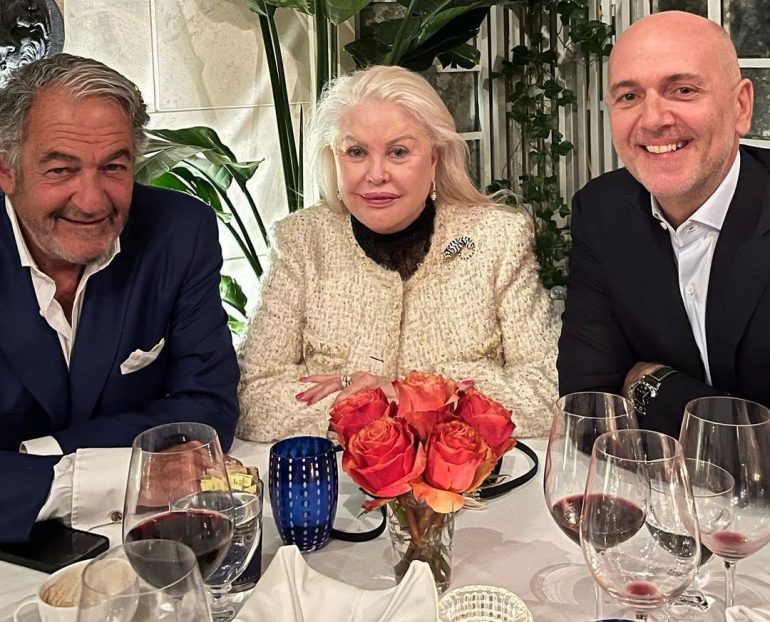
Then there is the art-loving American member of the royal family Sheikha Paula. The wife of the former Prime Minister doesn’t believe in donning palace walls with expensive art. So massive is her collection she works the other way around and erects walls for artwork. With homes in Paris, London, New York, and Kuwait, the Sheikha shares her collection with family worldwide: “I like to showcase Middle Eastern art in my New York home and American art in Kuwait.”
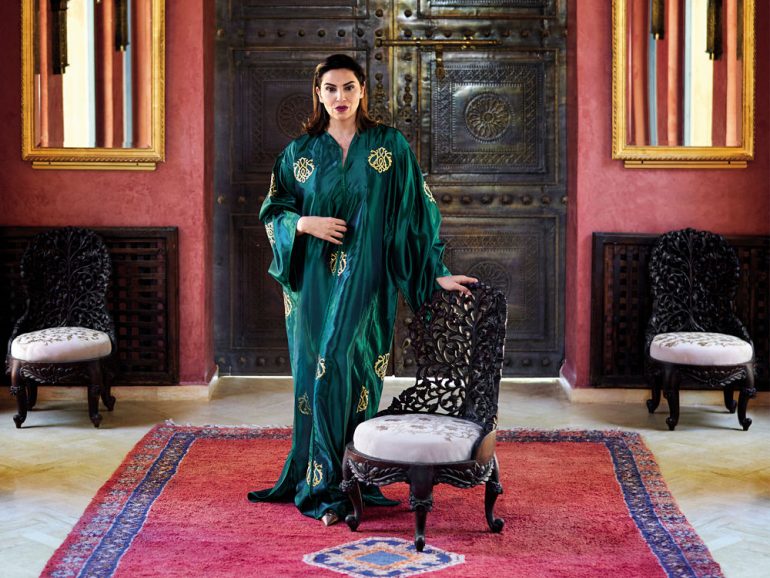
One of Kuwaiti’s most senior royals, Paula shared the family entertains officially four times a week, and her art pieces enthrall every visitor. “I’ve never bought art as an investment, but conversely, if I buy art over a certain price, it must be a good investment. I really do my homework before I invest in a piece. I don’t think it’s fair to throw away that sort of money, especially when it’s family money. My husband and my family support my decisions, and there is no interference from them. However, I discuss purchases out of respect. Ultimately I am buying for my children and our trust.”

Kuwait’s multi-billion-dollar Wealth fund is the Middle East’s oldest-
Like the Al Saud’s of Saudi Arabia ($776 billion Public Investment Fund) and Al Nahyan family of Abu Dhabi ($708 billion in assets), the Kuwait royal family controls the Kuwait Investment Authority that boasts $803 billion in assets. To put things into perspective, Kuwait is about 121 times smaller than Saudi Arabia, or just 0.83% in size of the Kingdom. This national savings pot of over $800 billion is a diamond-studded crutch for the country for life after oil, boasting more than half of its investments in the U.S. The Kuwait Investment Authority has stakes in asset managers such as BlackRock, the UK’s Associated British Ports, and Wall Street banks Citigroup and Merrill Lynch. There is nothing untapped, from ports, airports, and power distribution systems worldwide.

Kuwaiti kings and queens reside in blissful palaces-
“A home is more than just where you live; it reflects who you are.” The Bayan Palace, the Emir’s residence, is a befitting reflection spread across an area of 1,399,500 square meters, which makes it two times bigger than Disneyland. The Bayan Palace comprises six compounds featuring 18 buildings, including a magnificent Conference Hall that houses 1000 people and the Amiri Tent.
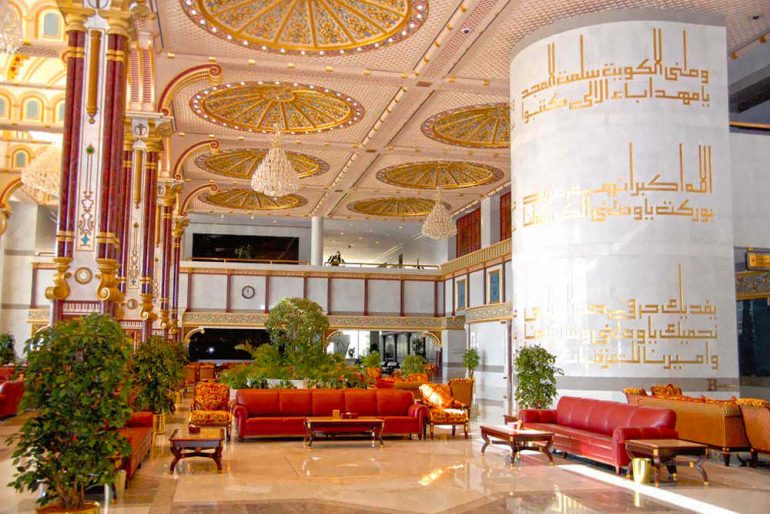
This glorious palace reveals the wonders of Islamic art and modern architecture. There are hints of Andalusian art witnessed in the fountains that decorate the main entrances of the castle.
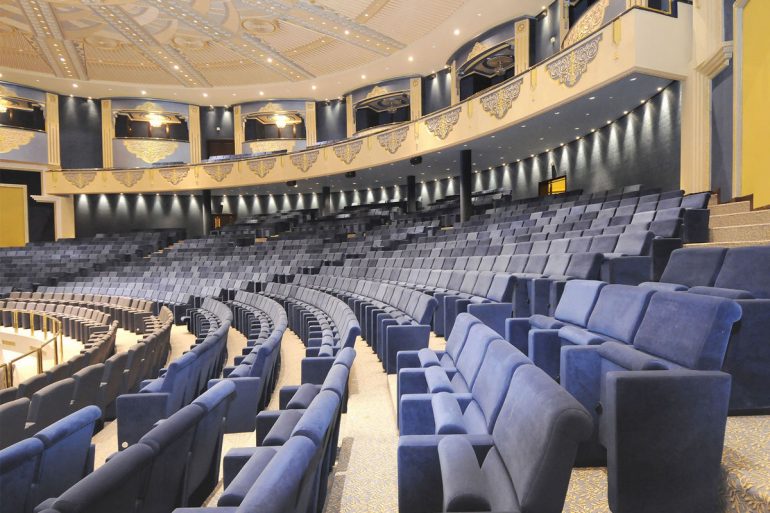
An unheard-of feature is the palace service station with a 2.6 kilometers service tunnel that caters to the buildings inside. The Conference Hall comprises a Celebration Hall, Reception Area, Press Hall, and Library. It also houses the office of His Highness, the Prince of Kuwait.
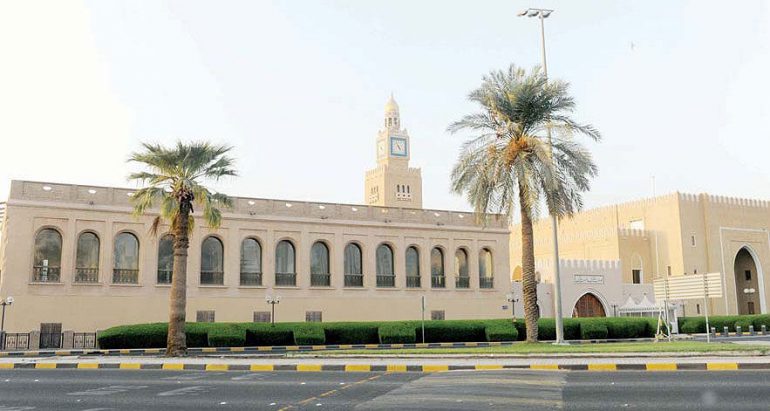
When was one palace enough for a royal? The Seif Palace, situated in the heart of Kuwait City near Green Island, is another architectural gem with its striking blue tiles and clock tower. The royal family uses the dwelling for governmental meetings and as a residence.
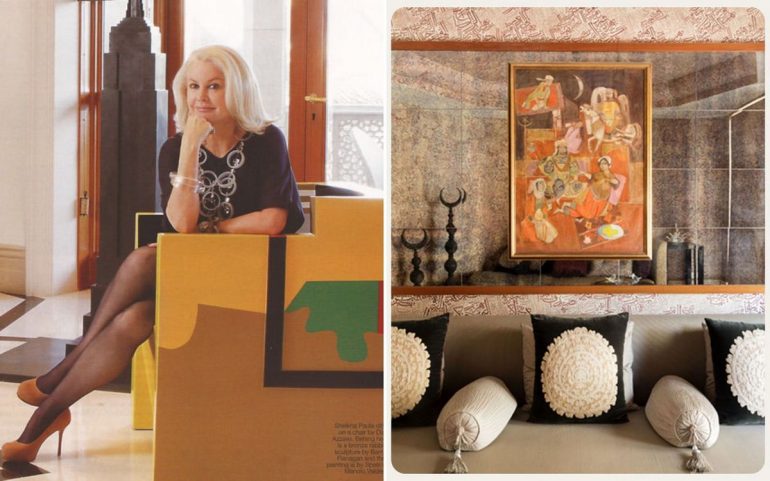
The Dharnour Palace, or Palace of Light, is home to Sheikha Paula Al Sabah. Fascinatingly, the art-filled sea-facing estate includes a facade packed with mushrooms. The main salon of the Dharnour Palace opens its doors to multi-million dollar art by Jean-Marc Bustamante, Parvis Tanavoli, and Jamal Abdul Rahim per the Richest.
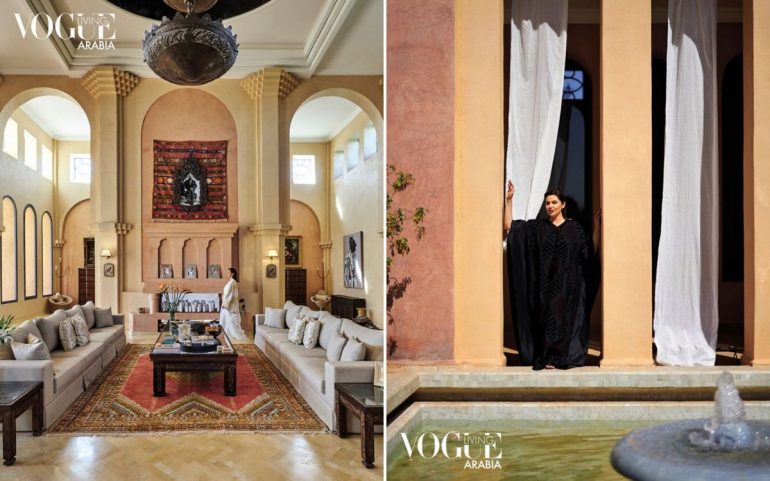
Then there is the $3 million holiday home of the members of the House of Sabah is located in Morocco, known as Marrakech Home. The elegant Sheikha Majda Al Sabah was behind this exquisite property with unbridled Atlas Mountains views and lush olive groves. The modern Kuwaiti found the trouvaille of a home online, and most of the decor work was instructed over calls!
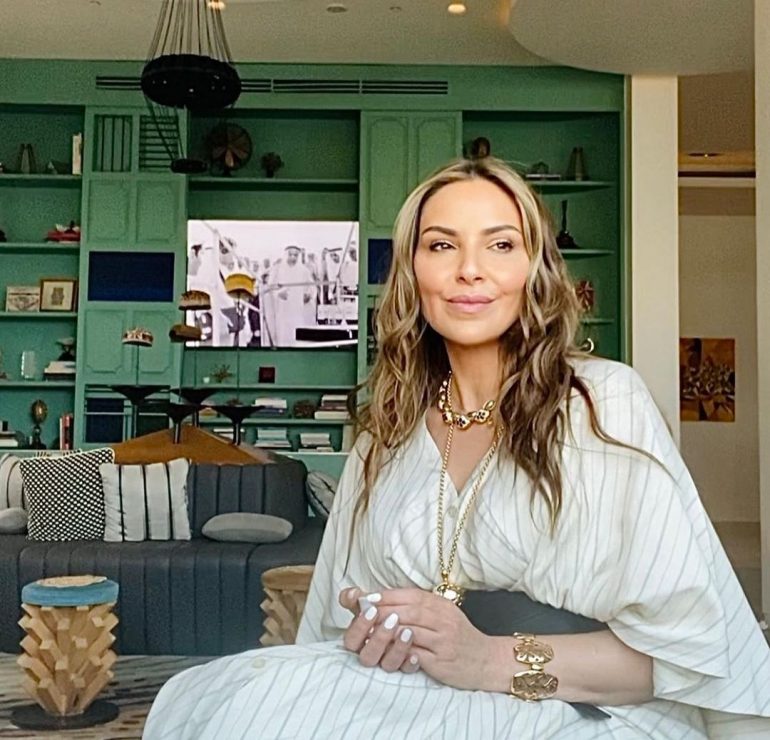
The 17,000 sq.m. property boasts earthy hues and expensive furniture gathered during travels. The lack of an interior designer only led to the home being done up in love and stories. “We don’t believe in interior decorators,” stated Sheikha Al Sabah. “We did it ourselves and enjoyed it as a family project.”
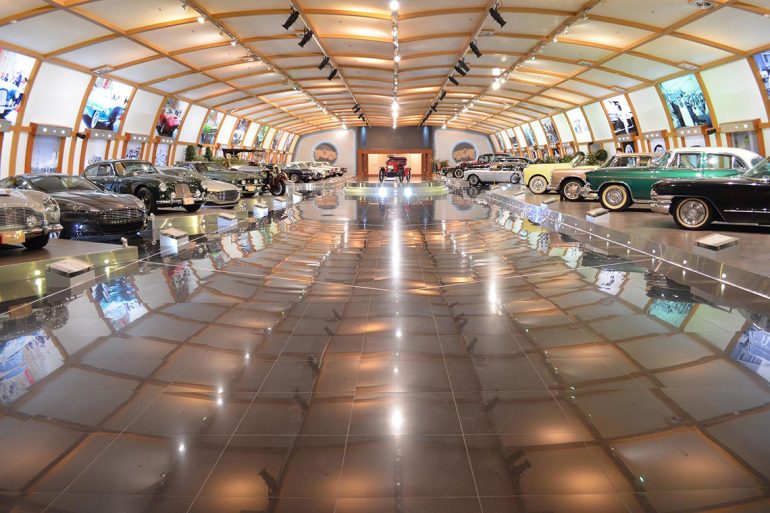
The royal family’s car collection is displayed in a museum –
When your car collection makes a museum, you know you have created a fabulous fleet. The House of Sabah owns an ultra-luxe assemblage of cars with not only expensive but some rare inclusions. Of the 50 vehicles that are a part of the Historical, Vintage, and Classical Cars Museum, several vintage models showcase the technological advancements in the automotive industry over the decades.
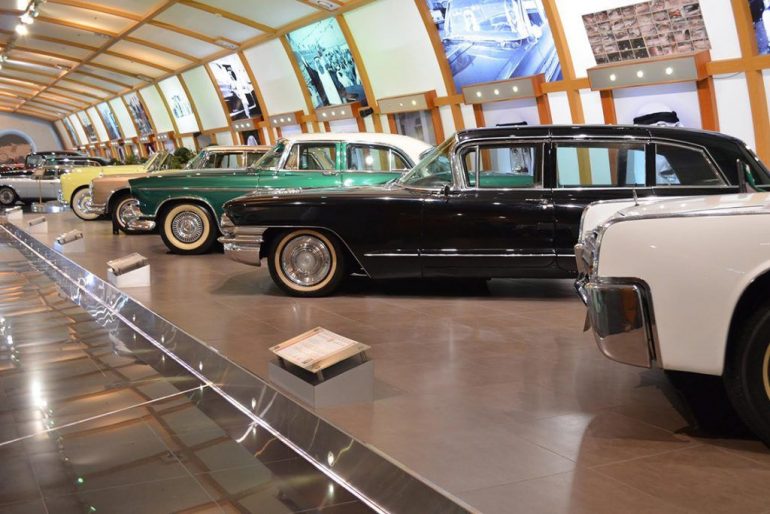
The collection includes former state limousines of Kuwait and other royal households, Minervas from 1904 and 1924, and at least three Aston Martins from the original James Bond movies. Supercars in the royal fleet include a custom Porsche 911 turbo S, Ferrari F40, Rolls Royce, and a 1960s Porsche Carrera. The cars are maintained by a crew that ensures these priceless automobiles run in perfect condition. The museum also features traffic parkour for children to hone their driving skills on electric cars.
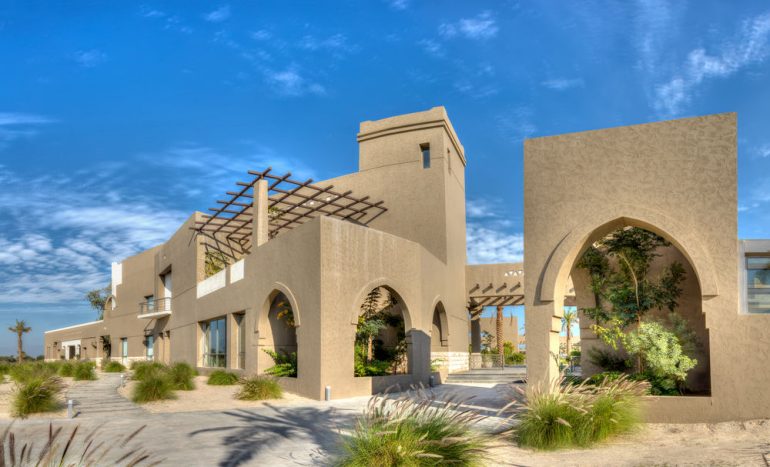
A hedonistic love for horses –
So wealthy are the Kuwaiti Royal family; even their horses live in mansions. The Arabian horse is part of Kuwait’s legacy, and they warrant the breeding of purebred Arabian horses and straight Egyptian bloodlines in the state-owned Bait Al Arab Kuwait State Stud. Horses live like kings in the 1000-acre Arabian Horse Center, which includes an administration building, a mosque, stables, a greenhouse, and an artificial lake.

For the horses, there is a top-notch Equine Hospital, a show arena, and an artificial lake. The equestrians have invested in international race courses in France, Italy, and Germany.
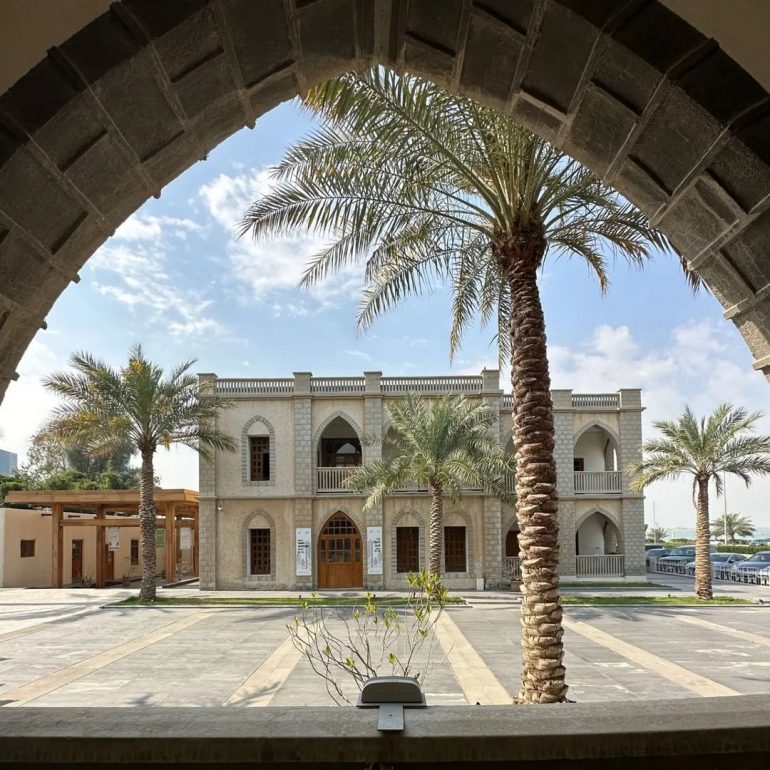
Like Abu Dhabi and Saudi Arabia, Kuwait is invested in art-
There was a time when Kuwait’s al-Sabah Collection, founded by the Nasser Sabah al-Ahmad al-Sabah and his wife Sheihka Hussa, was the most avant-garde in the Gulf. The First Deputy Prime Minister, the Minister of Defense of Kuwait, started amassing art in 1975 and formed Dar al Athar al Islamiyyah, a cultural organization overlooking the museums.Within years, it became the Kuwait Museum of Islamic Art, which now holds more than 30,000 pieces of art collected from the 1st to 13th centuries.
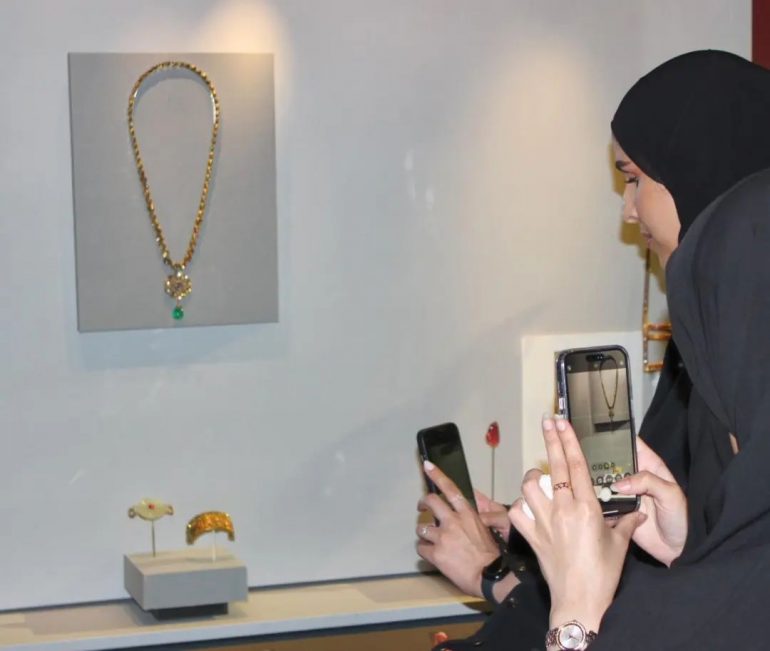
Kuwait’s al-Sabah Collection, displayed at Amricani Cultural Centre, features numerous paintings and around 90 jeweled treasures. Pieces like the genealogical chart of Jahangir, a bronze statue of Buddha purchased in the 1970s, a late 16th-century cup made entirely of Jade and set with rubies, Mughal paintings, daggers, and jewelry, and many more are part of the collection.
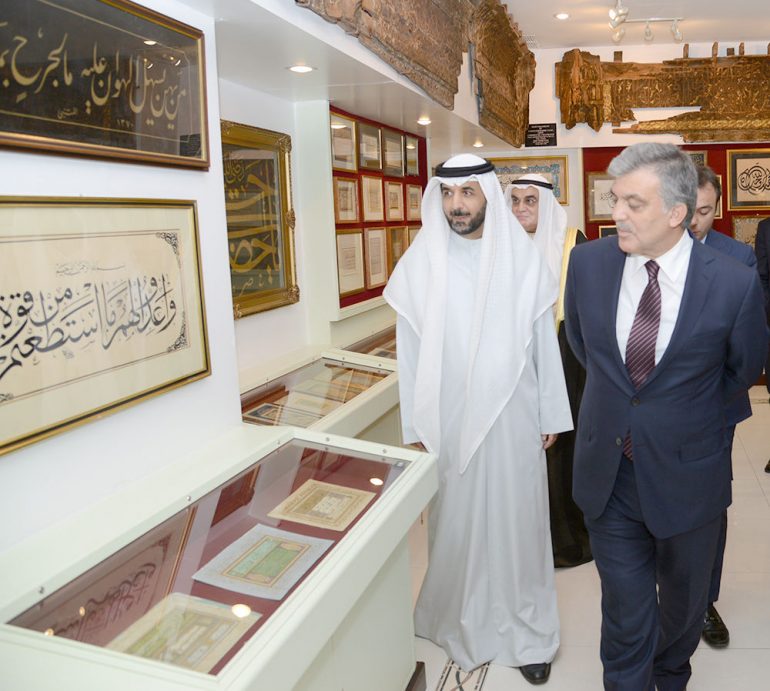
The Tareq Rajab Museum houses an inexhaustible collection of artifacts accumulated over fifty years by the royal family. Manuscripts and miniatures, ceramics, metalwork, textiles, costumes, and a Quran dating to the 7th century AD, are found inside the museum, founded in 1980. One of the most revered and a significant Islamic manuscript, the Blue Quran, belongs to the al-Sabah collection. The masterpiece is written in gold and blue ink over parchment and is a sight to behold.
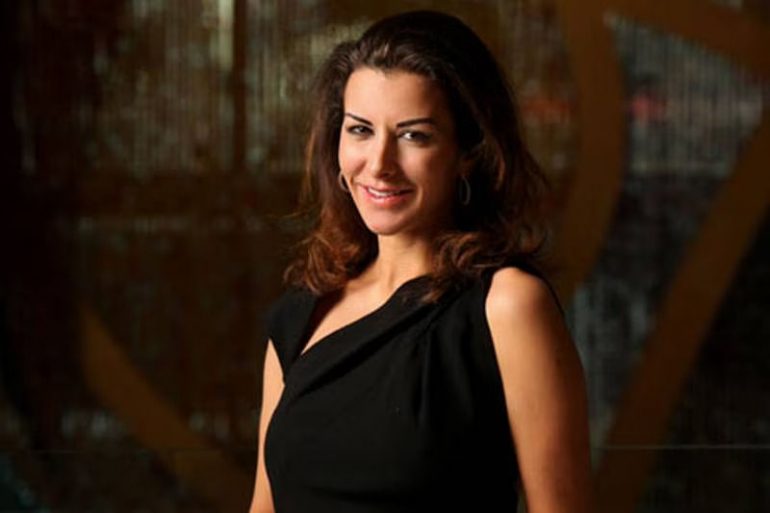
Another Kuwaiti royal deeply connected to art was Sheikha Paula al-Sabah, who amassed a covetable collection in her home. The walls were a gallery of Middle Eastern and Western art collected over decades. Her daughter Lulu Al Sabah has embraced this passion for art with equal aplomb. She founded an art consultancy ‘JAMM’, and fervently promotes Arab and Iranian artists in the West and brings Western artists to the East. Unlike its neighbors in UAE, which have the Louvre and Guggenheim in Abu Dhabi, and the Museum of the Future in Dubai, Kuwait certainly seems to be lagging behind.
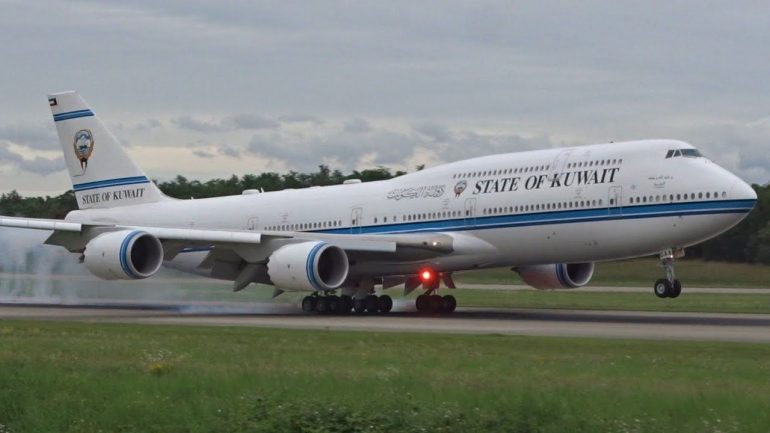
Private and palatial jets of the House of Sabah-
Size matters. Donald Trump agrees, as per Newsweek he once stated that Emir Sabah al-Ahmad al-Jaber al-Sabah’s aircraft was bigger than his. The 45th President of the United States compared his Boeing 757 personal plane to the luxury-laden Boeing 747-400 of the Emir. The royal fleet features not one but two Boeing aircraft, the aforementioned and another Boeing 737. It also includes at least five Airbuses.
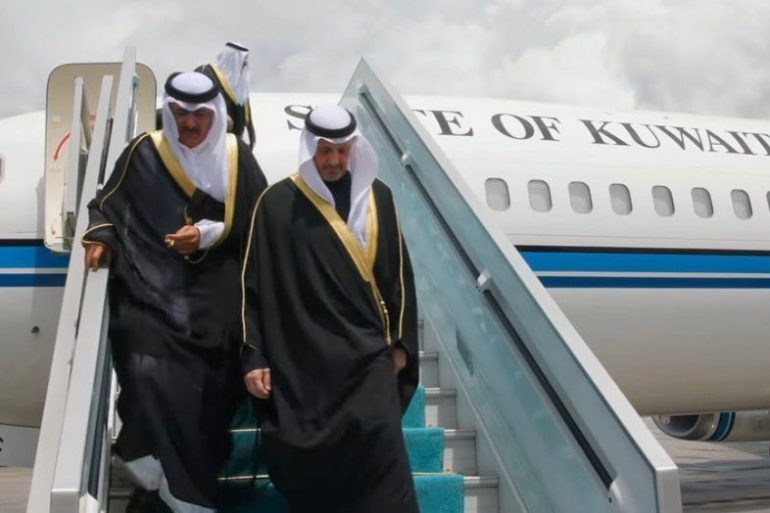
These aircraft usually cost $400-$500 million and, keeping the owners in mind, are lavishly decorated with state-of-the-art amenities. From spacious cabins to children’s playrooms, prayer rooms, conference areas, and lounges, the flying mansions include every comfort 30,000 feet in the air. Kuwait Airways also purchased three Gulfstream V aircraft for government officials, costing almost $120 million in 1998.
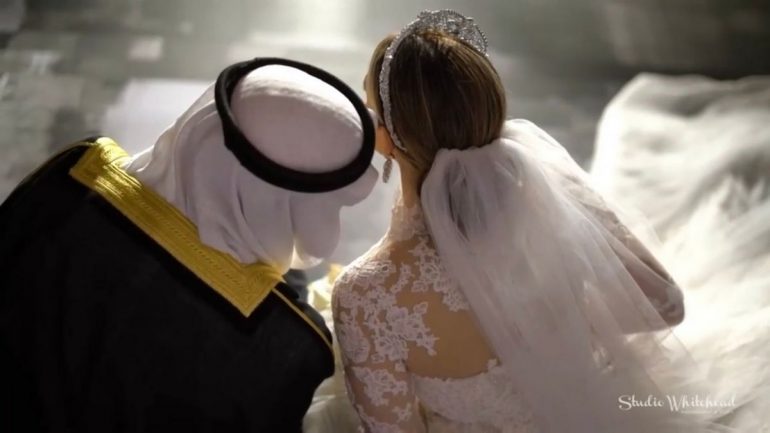
Splendid weddings and ostentatious gifts-
The wedding of the Emir’s grandson, Sheikh Fahad bin Nasser bin Sabah Al Ahmad, witnessed the grandeur of the royals as they gifted expensive diamond rings to their VIP guests. The list includes the bigwigs of the Arab world, from Kuwaiti stars like Nabil Shuail, Mohammed Abduh, Abdul Majeed Abdullah, to Qatar’s Essa Kubaisi, and UAE’s Hussein Al Jasmi.
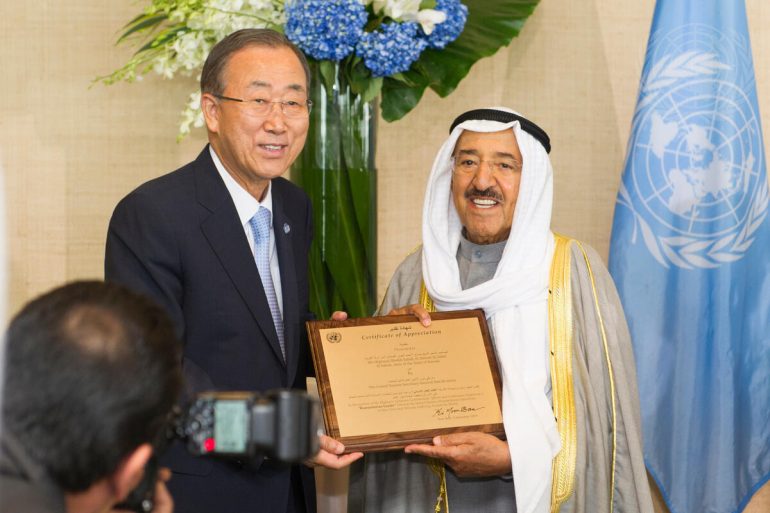
When philanthropy is second nature-
In 2014, the leader of Kuwait was bestowed with the UN Humanitarian Honor. The great leader was applauded for his acts of human kindness and generosity. These actions included providing refuge to millions of refugees and supporting millions in Syria with food, clean water, and medical care every month. The nation may be small in size, but that has nothing to do with the size of its heart. Kuwait’s benevolence extended beyond the Middle East to Chad, Ethiopia, Kenya, Nigeria, Somalia, and Sudan.

The late Amir Sheikh Jaber Al Ahmad Al Jaber Al Sabah issued an Amiri Decree in 1976 to establish the Kuwait Foundation for the Advancement of Sciences (KFAS). The non-profit promoted science, technology, and innovation in Kuwait to modernize the state while offering a sustainable future for the people.
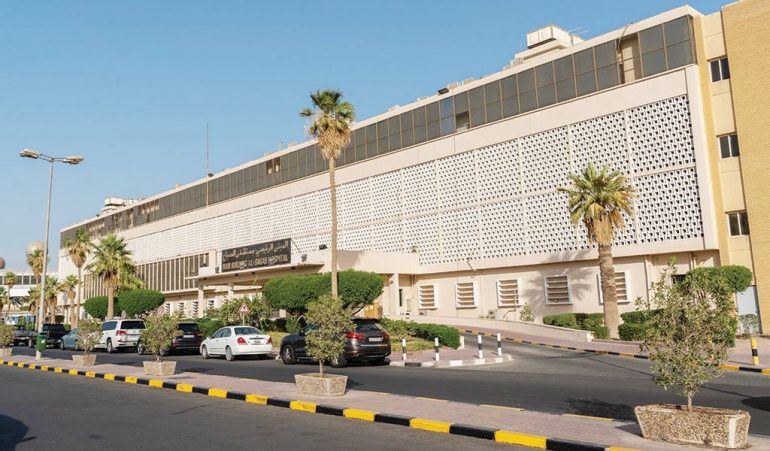
A hospital as opulent as the Emir’s palace-
Kuwait’s Ministry of Health opened the grand Al-Sabah Hospital in 1962 for nearly $17 million. Spread across 400 acres, the largest medical facility in the nation includes departments like general surgery, intensive care, internal diseases, a heart unit, and a children’s department. In recent years, the hospital expanded to become a medical city in itself called Al Sabah Medical District with an array of medical centers and the New Al-Sabah Hospital. It offers a whopping 771 beds across 12 floors with a car parking capacity of 1,257 spaces.
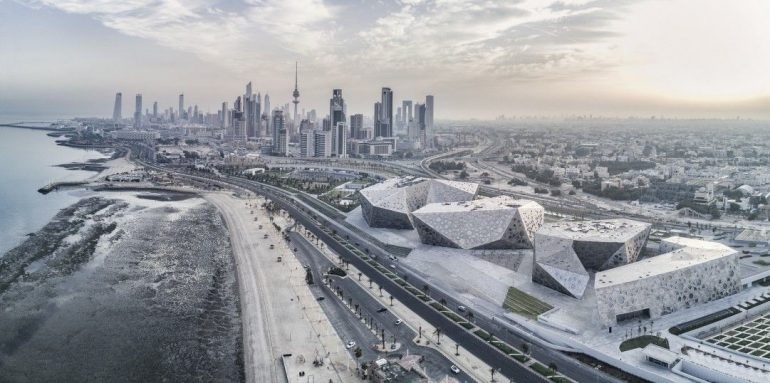
The charming Sheikh Jaber Al-Ahmad Cultural Centre-
Colloquially known as Kuwait’s opera house, the center is part of the $1 billion Kuwait National Cultural District (KNCD). This cultural hub brings to life works from fields of music, theatre, film, workshops, and spoken word.
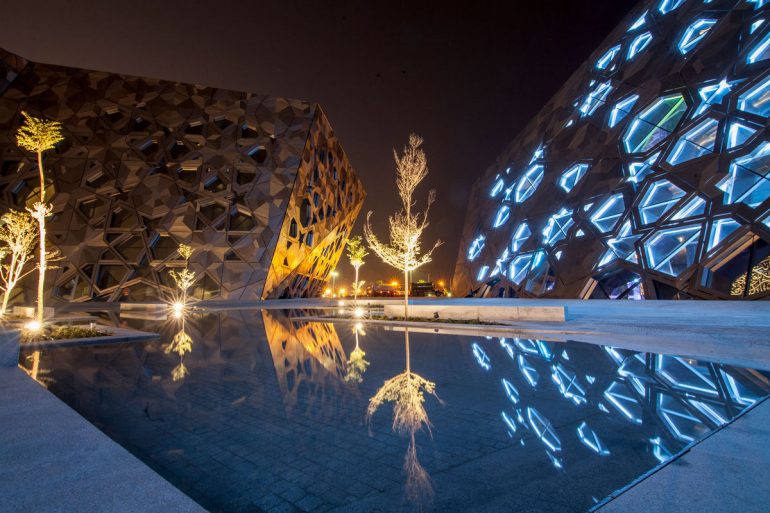
The JACC has witnessed more than 2 million visitors since opening in 2016, 6000 artists, and generated revenue of nearly $15 million. The main building accommodates 2000 people while the theatre seats 1100. In addition to a 350-seater conference hall, this architectural marvel has a capacity for over 3000 cars.

With immense wealth and power, the Kuwait royal family has shaped the country into a powerhouse that believes in growth, development, culture, and philanthropy. With significant contributions to various fields like horse riding, cultural centers, medical care, and museums, the House of Sabah has laid a solid foundation for a secure, wealthier future.
Note – As of writing this article as per Forbes the networth of Elon Musk and Bill Gates is $218 billion and $115 billion respectively. The size of Disneyland is 650,000 square meters.

